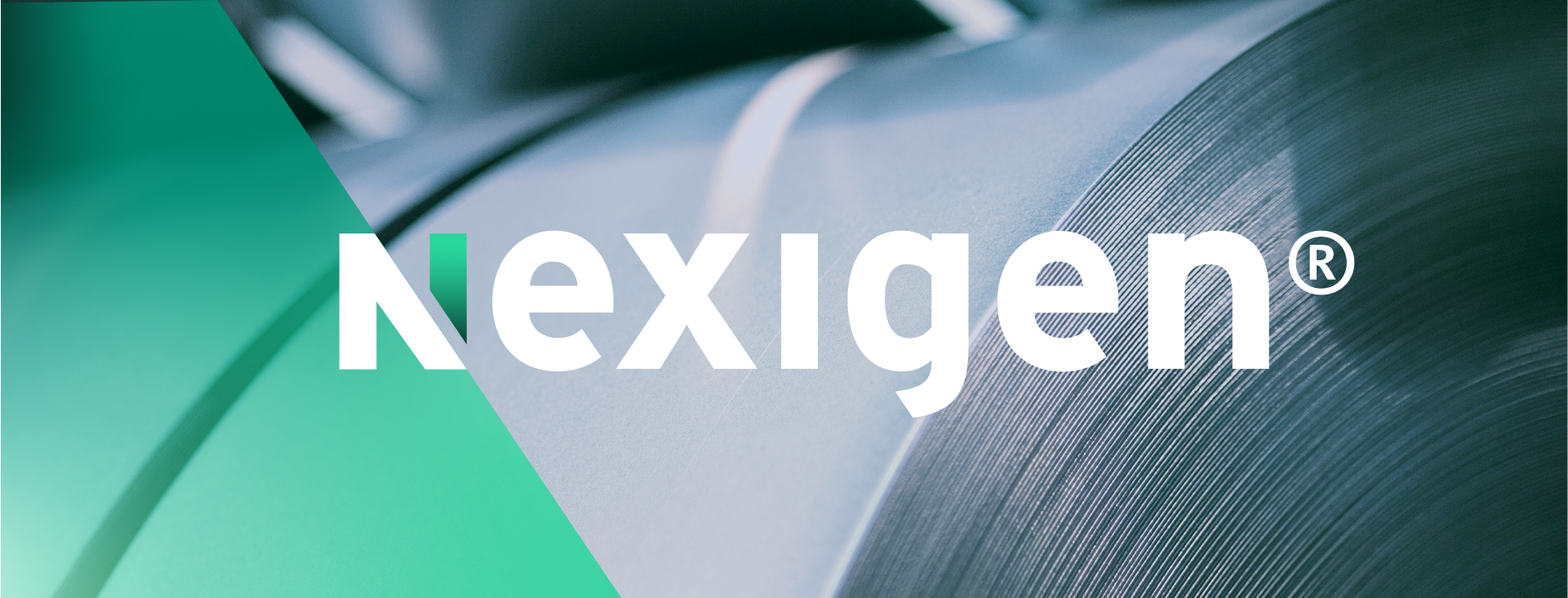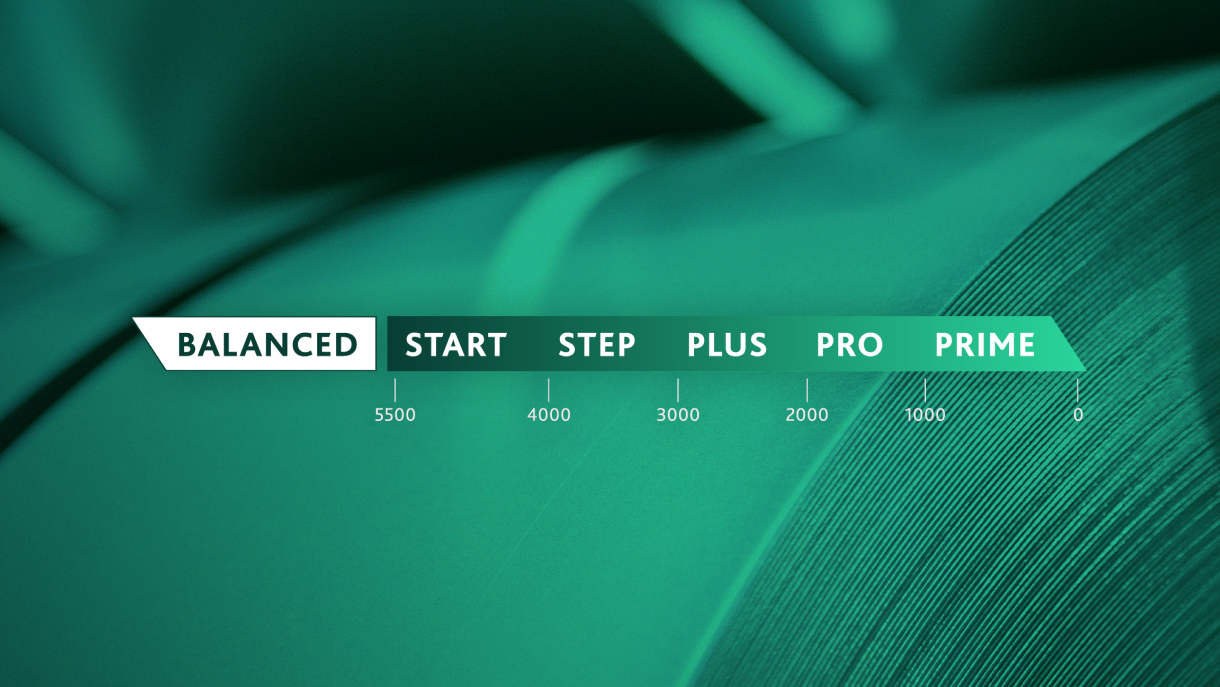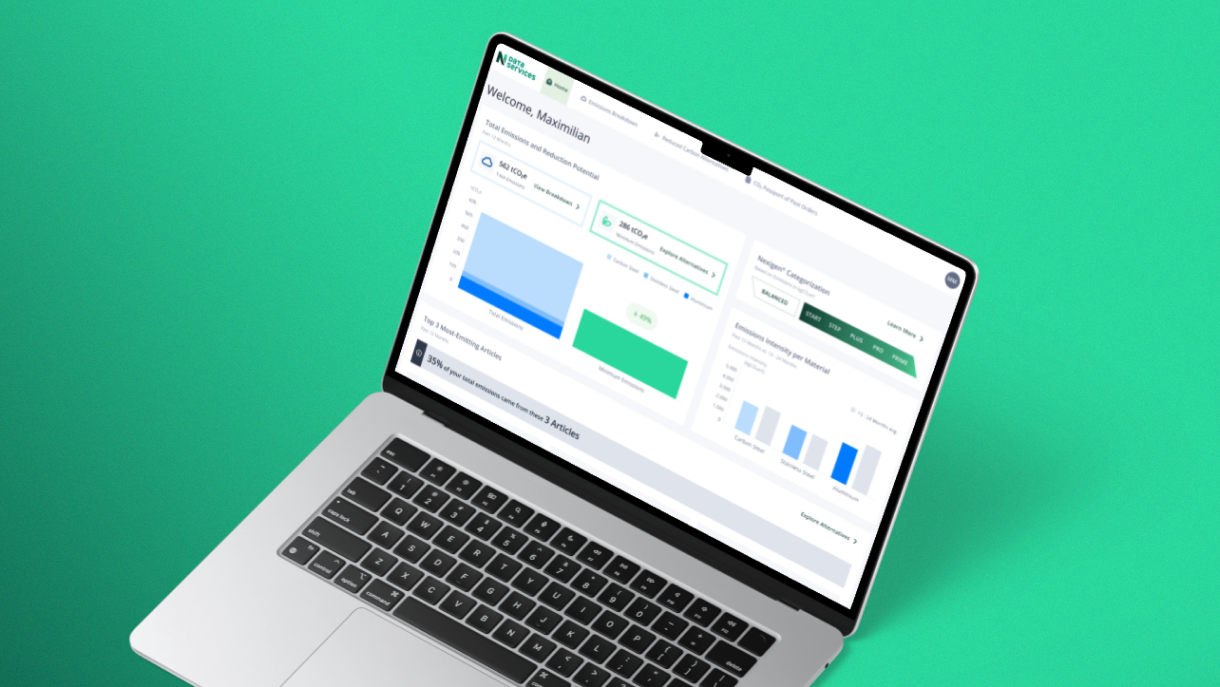Our society and economy must change fundamentally if we still want to avert the irreversible consequences of climate change. This also includes the steel industry, which is currently responsible for 7% of global CO2 emissions. As one of the world’s largest producer-independent processors of steel and metal products, we want to help bring these emissions down. At the same time, we want to offer new opportunities and enable our customers and their industries to build sustainable value chains.

The next generation of CO₂-reduced steel & metal solutions
That's why we launched Nexigen®.
Under Nexigen®, Klöckner & Co offers transparent, CO2-reduced solutions in the area of materials, operations and logistics that help our customers establish sustainable value chains.
With Nexigen®, we support our partners in accelerating their green transformation and making their progress in sustainability visible.
Your benefits
With Nexigen®, you can easily find and order CO₂-reduced products
Nexigen® offers you the opportunity to reduce your CO₂ footprint and achieve your sustainability goals
With Nexigen®, you can easily find and order CO₂-reduced products
Nexigen® offers you the opportunity to reduce your CO₂ footprint and achieve your sustainability goals
With Nexigen®, you can easily find and order CO₂-reduced products
Nexigen® offers you the opportunity to reduce your CO₂ footprint and achieve your sustainability goals
With Nexigen®, we help you expand your own CO₂-reduced product portfolio
Nexigen® enables you to offer your customers full transparency
With Nexigen®, we help you expand your own CO₂-reduced product portfolio
Nexigen® enables you to offer your customers full transparency
With Nexigen®, we help you expand your own CO₂-reduced product portfolio
Nexigen® enables you to offer your customers full transparency
Contact us now
If you would like to buy CO2-reduced products from us, use Nexigen® Data Services or learn more about Nexigen®, please send us a message below. We look forward to hearing from you!

